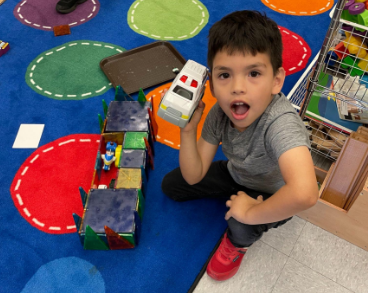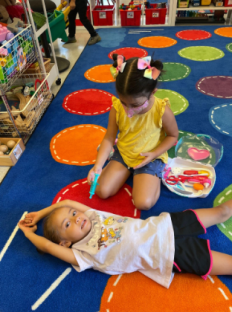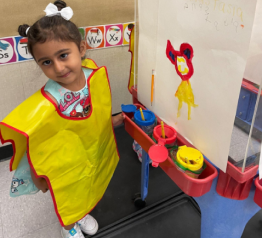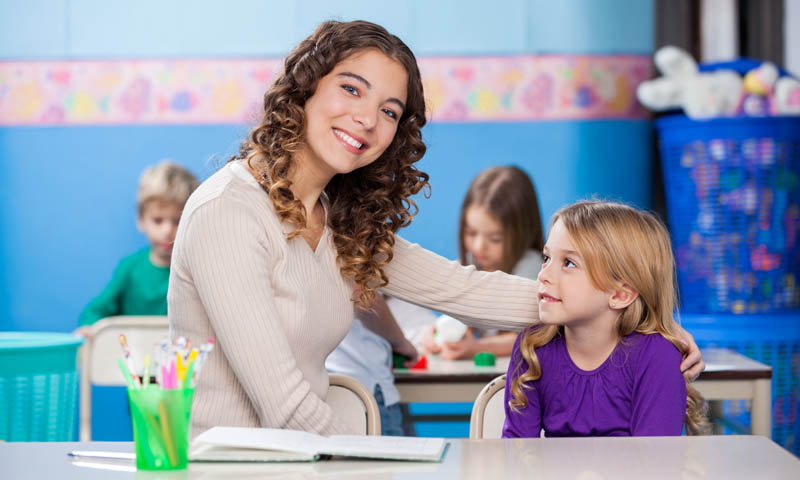Bibliography-
1. California Department of Education Sacramento (2021). The Powerful Role of Play in Early Education. California Department of Education.
2. California Department of Education, Sacramento (2016). The Integrated Nature of Learning. California Department of Education.
3. California Department of Education, Sacramento (2008)
California Preschool Learning Foundations. California Department
of Education.
4. California Department of Education, Sacramento (2010) California Preschool Curriculum Frameworks. California Department of Education.
5. California Department of Education, Sacramento (2013-2019), Desired Results Developmental Profile (2015), California Department of Education.
6. California Department of Education, Sacramento (2023), Creating Equitable Early Learning Environments for Young Boys of Color, California Department of Education.
7. Feldman, Jean ( 2020) The Shape Song. Sing to Learn.
8. Learning Genie. Retrieved May 14, 2023, from
9. Mcleod, S., (2023). Vygotsky’s Sociocultural Theory Of Cognitive Development. Simply Psychology, (May).
10. Zosh, J. M., Hopkins, E. J., Jensen, H., Liu, C., Neale, D., Hirsh-Pasek, K., Solis, S. L., & Whitebread, D. (2017). Learning through play: a review of the evidence (white paper). The LEGO Foundation, DK.

















